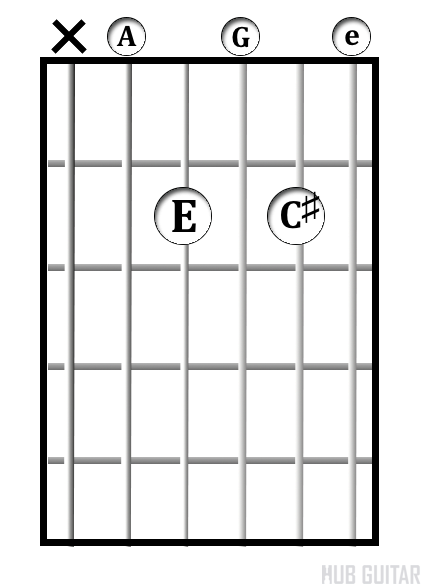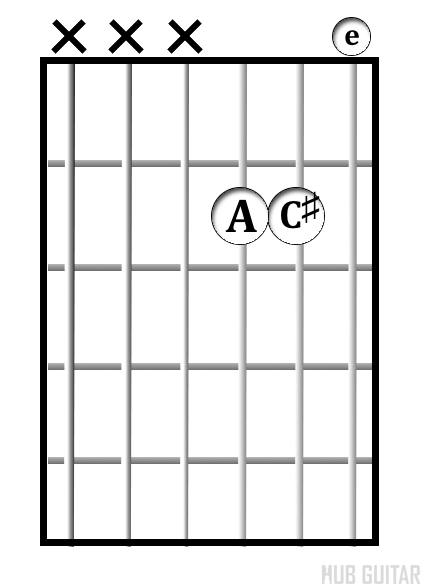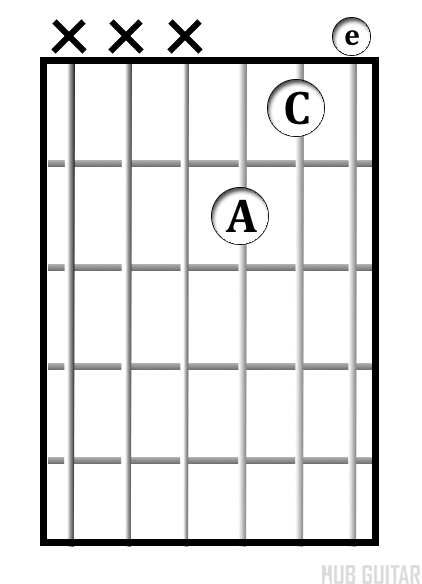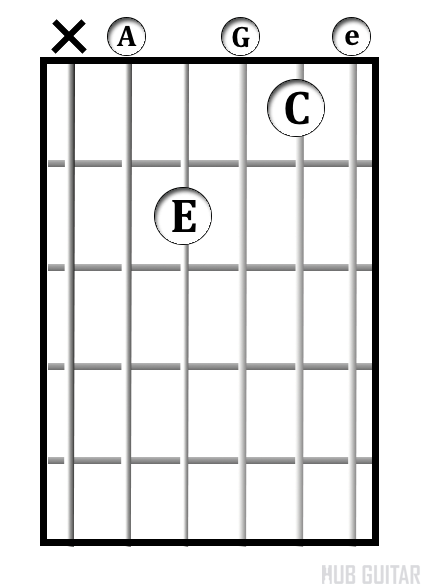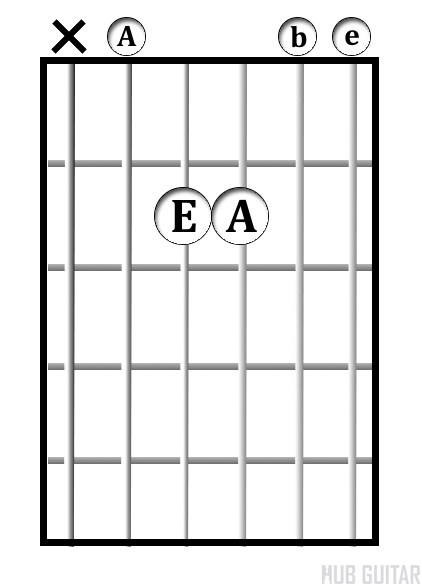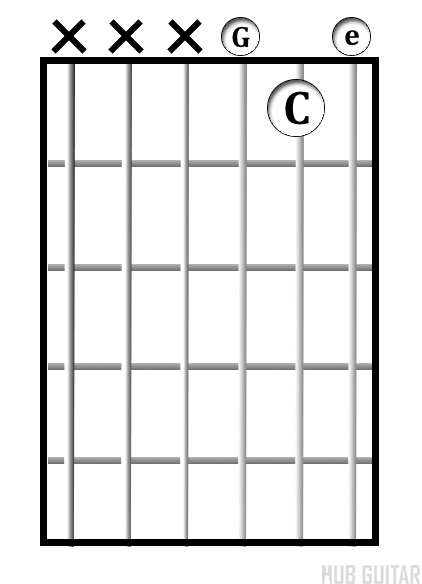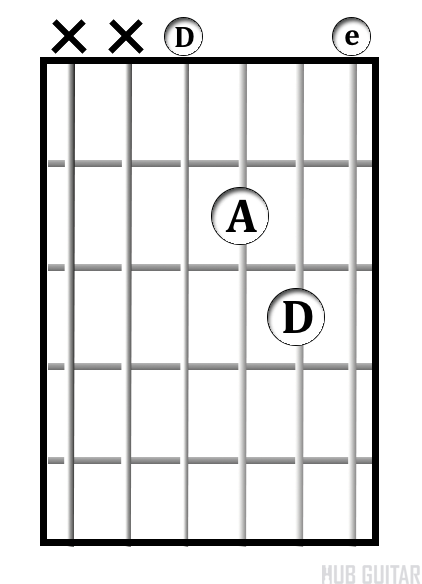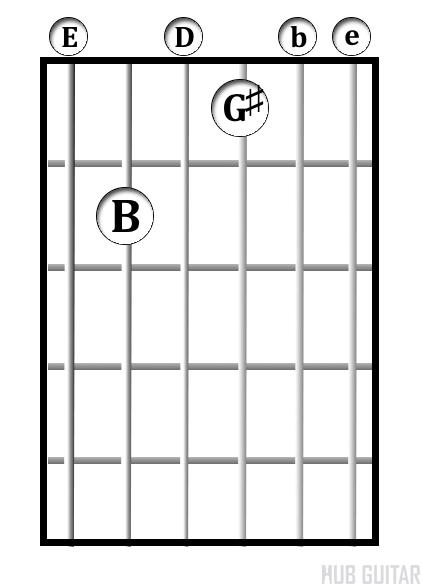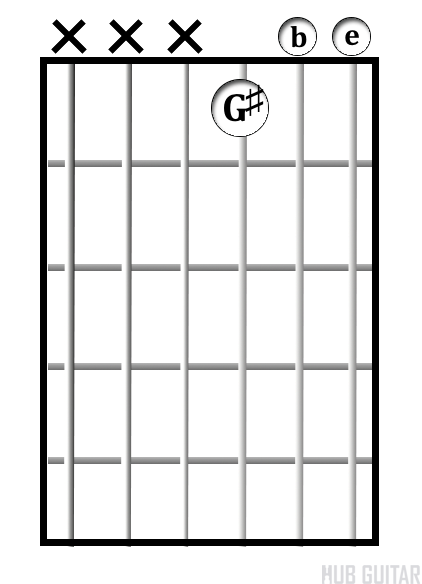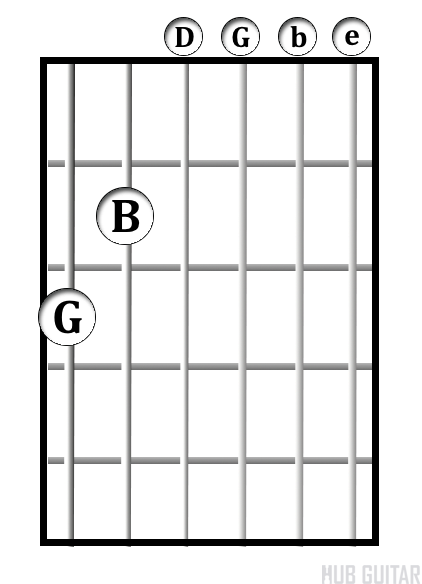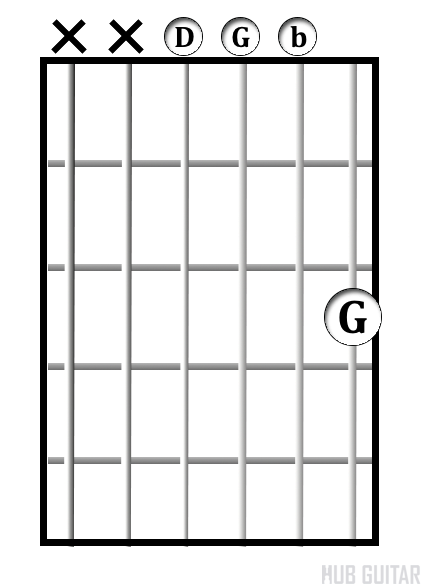Comprehensive List of 2-Finger Chords for Guitar
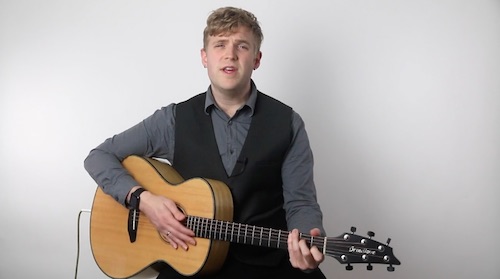
TWO FINGER CHORDS Everybody learns the guitar at a different pace. And not only that, everybody is different in terms of what aspects of playing the guitar they find to be most difficult. Many who begin learning the guitar find that chords are the most difficult part. Learning to quickly put your fingers in the chord position, get an accurate sound out of each string, push correctly on the frets. And your right handÐlearning to strum the strings, and also to avoid the strings that are not a needed for the chord. Putting it all together can seem pretty difficult, especially since in real music we may need to switch chords fairly fast. If you're one of the learners who finds chords to be a struggle, this page is for you. All of the chords on this page can be played using only two fingersÐor less. And if you search around, you may even find you can use these chords to play a song you know, or at least part of one. A couple tips for these chords. First, you want to try to practice them in a set called a chord progression. This way you can here the sound of the chords moving to other chords. Here are a couple examples: [C, C, E7, Am7 | E7, A7, E7, E7 | G, Em, C, C] Note that some of these chords have X's written over certain strings. That means you don't play those strings. Whether you just avoid those strings with the pick, or you use your fingers to pluck only the notes of the chord and not any other strings. Also, keep in mind these chords may not always be a good match. For example, the chords that use all 6 strings don't sound great with chords that use only 3. That's because they don't sound like they match well. First you have this big giant chord, then this little one Learning and studying these chordsÐgetting truly comfortable with them and even mastering them completelyÐwill be all of the exercise your hands and fingers need for now. So if you're having trouble with chords, really work through these alot, frequently, every day, until your hands start to feel ready to take on a new challenge.
Learning Two-Finger Chords
Most guitar chords cannot be played with just two fingers. In fact, some more advanced chords might require all of your fingers of your left hand—including the thumb!
However, it takes time to adapt physically to the challenge of playing the guitar. In the early stages, it’s most productive to focus on the easier chords.
Some chords require only two fingers or less and are therefore usually easy enough to play that anybody can learn them fairly quickly. Fortunately, there are enough of these chords to keep you interested for awhile—hopefully long enough to build up some guitar technique and move on to more advanced chords.
Playing the Chords Correctly
Important: take note of the X marks indicating strings that should not be played. These chords will not sound correct if you accidentally play the strings marked with an X.
Common Chord Progressions
Try strumming through some of these recognizable chord progressions.
- C C E7 A-7
- E7 A7 E7 E7
- G E- C C
Key Tasks
- Practice the two-finger chords.
- Try to remember the names of the chords and associate them with the shape. This is not critical but will be useful later.
- Using your ears, try to find combinations of chords that sound good in sequence.
 As the creator of Hub Guitar, Grey has compiled hundreds of guitar lessons, written several books, and filmed hundreds of video lessons. He teaches private lessons in his Boston studio, as well as via video chat through TakeLessons.
As the creator of Hub Guitar, Grey has compiled hundreds of guitar lessons, written several books, and filmed hundreds of video lessons. He teaches private lessons in his Boston studio, as well as via video chat through TakeLessons.